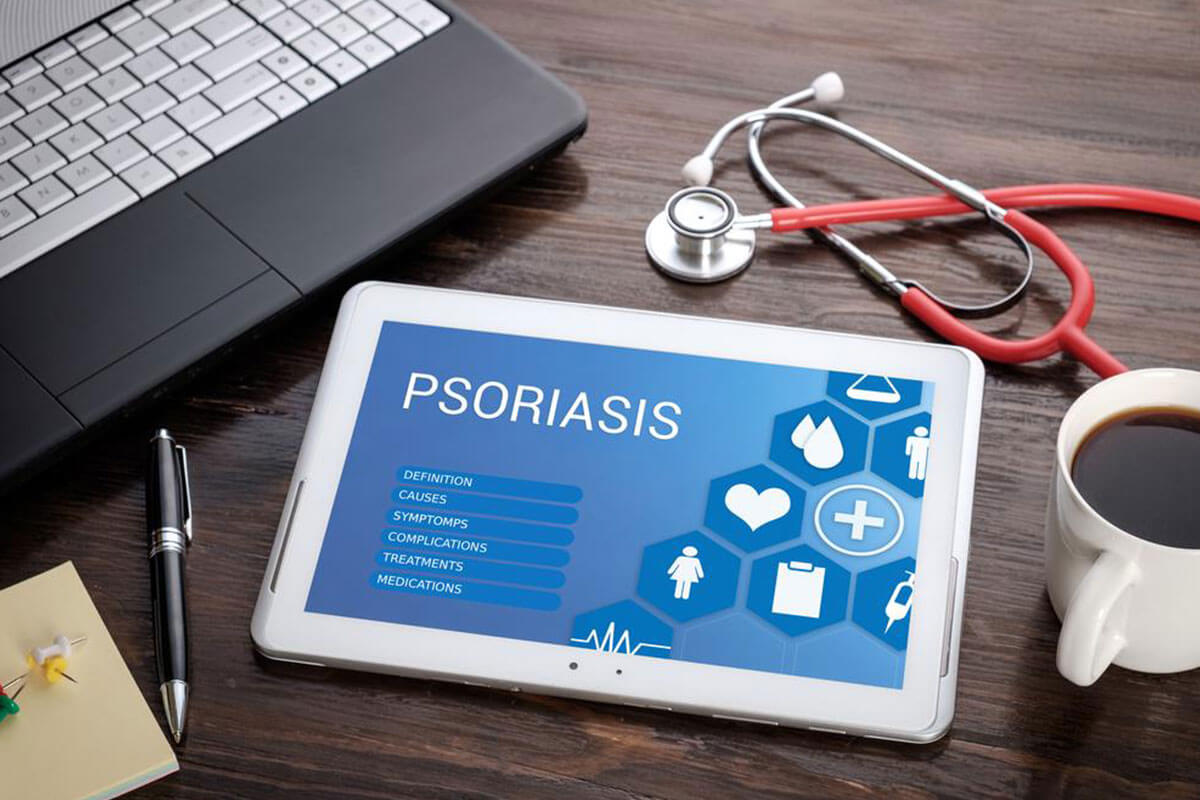Easy DIY Remedies to Treat Psoriasis Symptoms

You do not have to pop pills or use chemical ointments all the time to keep your psoriasis symptoms in check. Some simple home remedies can do the trick too.
Psoriasis is an autoimmune skin disorder that manifests itself in the form of scaly, flaky, and red patches of thickened skin. While not a life-threatening condition, psoriasis is a chronic disease that can be quite frustrating to live with. Psoriasis symptoms vary for every person, and can range from being mild to quite severe with nasty and frequent outbreaks. For those who experience worsening of their psoriasis symptoms at the slightest of triggers such as sunburn or a skin injury, going out of home and other everyday activities may become a cumbersome task. Added to that is the fact that psoriasis has no cure; however, there are various medications available that can help reduce your psoriasis symptoms and control the intensity of eruptions on your skin.
The good news is that there are some simple remedies available that can help you lessen your psoriasis symptoms naturally. These easy do-it-yourself (DIY) solutions are things that you can do right at home and with ingredients that are available in most household kitchens. Here are some such natural remedies that can be effective in controlling your psoriasis symptoms.
Aloe vera
Apply aloe vera gel to the affected areas on your skin to lessen psoriasis symptoms such as scaling of the skin and rashes. Tested by dermatologists, this natural remedy can bring about a significant change in your psoriasis symptoms in just 3-4 weeks. All you need to do is apply the soothing gel of this plant to your skin at least thrice every day.
Fish Oil
Omega-3 fatty acids have been proven to be a solution for flaky and patchy skin, one of the psoriasis symptoms that you have to face regularly. You can use creams that contain fish oil topically on the affected skin to get relief from psoriasis symptoms. Alternately, consuming fish oil supplements regularly in the form of capsules can be effective too.
Chamomile
The chamomile plant is known to contain flavonoid compounds that are anti-inflammatory in nature, and this herbal remedy is used to treat various health ailments. You can use chamomile to get relief from psoriasis symptoms the natural way. You can use a cream with a 3%-10% chamomile content for topical application, or drink chamomile tea regularly.
Apple Cider Vinegar
Apple cider vinegar can be an effective temporary remedy for your psoriasis symptoms. Dilute a teaspoon of this vinegar in some lukewarm water, massage it in on the lesions on your skin, and let it rest for a minute or two before rinsing off with water. You can also use apple cider vinegar in your bath—just pour half a cup into your bathwater and enjoy a soothing, relaxing soak that will calm your psoriasis symptoms.
Banana Peel
One of the quickest yet most effective home remedies for skin ailments, banana peel can be beneficial in soothing your skin, and reducing psoriasis symptoms such as rashes. All you need to do is use a banana peel and rub the inner part of the peel gently on the affected areas of your skin.
Baking Soda and Water
Mix one teaspoon of baking soda with four teaspoons of water. Apply this mixture on the affected areas using a sterilized piece of cloth or cotton, in order to prevent bacteria. Leave this concoction on your skin till it dries and falls off. You will experience significant relief from the itchiness of your skin.
Epsom Salt Bath
A relaxing bath sounds great at any time, and if it can help ease your psoriasis symptoms as well, it is a natural remedy definitely worth trying. Mix some Epsom salt in lukewarm bath water, and take a shower or soak in this water to reduce the itchiness and scaly skin that are characteristic psoriasis symptoms. For better results, moisturize your skin generously immediately after your bath.
Water
This is probably the easiest home remedy to treat psoriasis symptoms. It may skip your mind, but drinking plenty of water means that you will remain well hydrated—a factor that will show on your skin. Keeping your skin moisturized at all times is one of the most important ways to battle psoriasis symptoms, and drinking ample quantities of water will ensure that.


